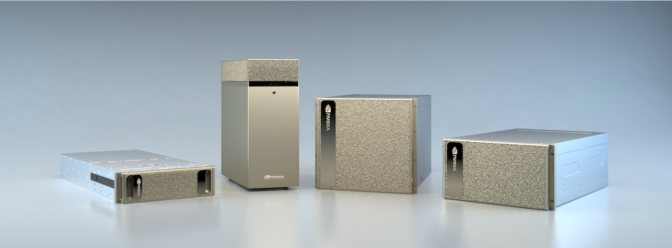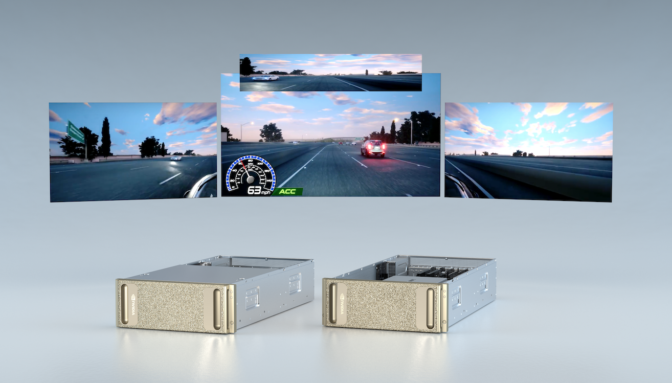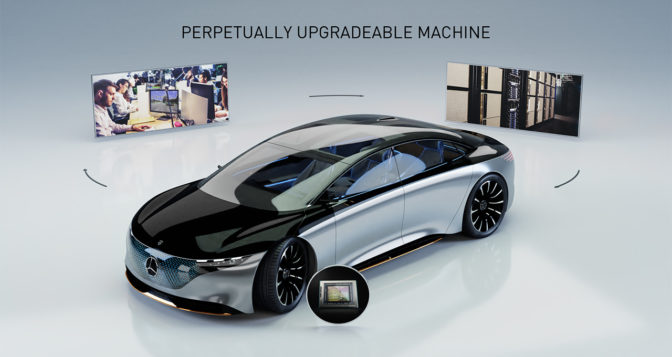A giant toaster with windows. That’s the image for many when they hear the term “robotaxi.” But there’s much more to these futuristic, driverless vehicles than meets the eye. They could be, in fact, the next generation of transportation.
Automakers, suppliers and startups have been dedicated to developing fully autonomous vehicles for the past decade, though none has yet to deploy a self-driving fleet at scale.
The process is taking longer than anticipated because creating and deploying robotaxis aren’t the same as pushing out next year’s new car model. Instead, they’re complex supercomputers on wheels with no human supervision, requiring a unique end-to-end process to develop, roll out and continually enhance.
The difference between these two types of vehicles is staggering. The amount of sensor data a robotaxi needs to process is 100 times greater than today’s most advanced vehicles. The complexity in software also increases exponentially, with an array of redundant and diverse deep neural networks (DNNs) running simultaneously as part of an integrated software stack.
These autonomous vehicles also must be constantly upgradeable to take advantage of the latest advances in AI algorithms. Traditional cars are at their highest level of capability at the point of sale. With yearslong product development processes and a closed architecture, these vehicles can’t take advantage of features that come about after they leave the factory.
Vehicles That Get Better and Better Over Time
With an open, software-defined architecture, robotaxis will be at their most basic capability when they first hit the road. Powered by DNNs that are continuously improved and updated in the vehicle, self-driving cars will constantly be at the cutting edge.
These new capabilities all require high-performance, centralized compute. Achieving this paradigm shift in personal transportation requires reworking the entire development pipeline from end to end, with a unified architecture from training, to validation, to real-time processing.
NVIDIA is the only company that enables this end-to-end development, which is why virtually every robotaxi maker and supplier — from Zoox and Voyage in the U.S., to DiDi Chuxing in China, to Yandex in Russia — is using its GPU-powered offerings.
Installing New Infrastructure
Current advanced driver assistance systems are built on features that have become more capable over time, but don’t necessarily rely on AI. Autonomous vehicles, however, are born out of the data center. To operate in thousands of conditions around the world requires intensive DNN training using mountains of data. And that data grows exponentially as the number of AVs on the road increases.
To put that in perspective, a fleet of just 50 vehicles driving six hours a day generates about 1.6 petabytes of sensor data daily. If all that data were stored on standard 1GB flash drives, they’d cover more than 100 football fields. This data must then be curated and labeled to train the DNNs that will run in the car, performing a variety of dedicated functions, such as object detection and localization.

This data center infrastructure isn’t also used to test and validate DNNs before vehicles operate on public roads. The NVIDIA DRIVE Sim software and NVIDIA DRIVE Constellation autonomous vehicle simulator deliver a scalable, comprehensive and diverse testing environment. DRIVE Sim is an open platform with plug-ins for third-party models from ecosystem partners, allowing users to customize it for their unique use cases.

This entire development infrastructure is critical to deploying robotaxis at scale and is only possible through the unified, open and high-performance compute delivered by GPU technology.
Re-Thinking the Wheel
The same processing capabilities required to train, test and validate robotaxis are just as necessary in the vehicle itself.
A centralized AI compute architecture makes it possible to run the redundant and diverse DNNs needed to replace the human driver all at once. This architecture must also be open to take advantage of new features and DNNs.
The DRIVE family is built on a single scalable architecture ranging from one NVIDIA Orin variant that sips just five watts of energy and delivers 10 TOPS of performance all the way up to the new DRIVE AGX Pegasus, featuring the next-generation Orin SoC and NVIDIA Ampere architecture for thousands of operations per second.

Such a high level of performance is necessary to replace and perform better than a human driver. Additionally, the open and modular nature of the platform enables robotaxi companies to create custom configurations to accommodate the new designs opened up by removing the human driver (along with steering wheel and pedals).
With the ability to use as many processors as needed to analyze data from the dozens of onboard sensors, developers can ensure safety through diversity and redundancy of systems and algorithms.
This level of performance has taken years of investment and expertise to achieve. And, by using a single scalable architecture, companies can easily transition to the latest platforms without sacrificing valuable software development time.
Continuous Improvement
By combining data center and in-vehicle solutions, robotaxi companies can create a continuous, end-to-end development cycle for constant improvement.
As DNNs undergo improvement and learn new capabilities in the data center, the validated algorithms can be delivered to the car’s compute platform over the air for a vehicle that is forever featuring the latest and greatest technology.
This continuous development cycle extends joy to riders and opens new, transformative business models to the companies building this technology.
The post Shifting Paradigms, Not Gears: How the Auto Industry Will Solve the Robotaxi Problem appeared first on The Official NVIDIA Blog.

